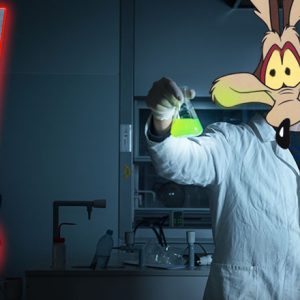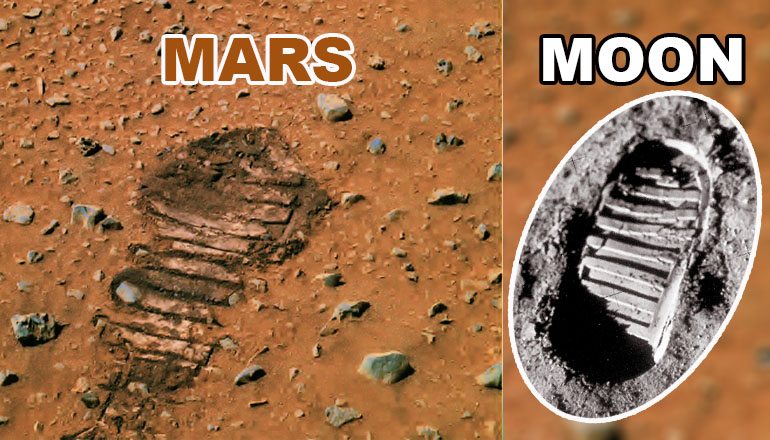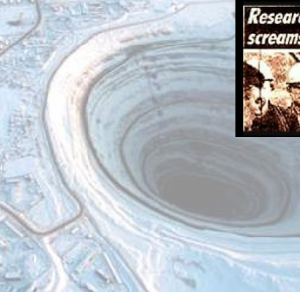Stephen Hawking believes humanity is walking on a thin line and is near peril, but fortunately for us, we may still have sufficient time left to get away from danger if we manage to leave Earth on time.
With an imminent auto-destructive scenario in place, scientists are now considering what would be the best way to save humanity, and although the end of the world is estimated to come in a few hundred or thousand years, scientists have already began theorizing about the best escape plan, while also sharing their thoughts on how we’re going to self-destruct.
In an interview for BBC, the 74-year-old Cambridge professor, Stephen Hawking, identified a few possible causes that could lead to humanity’s demise, ranging from the ongoing expanse of AI (artificial intelligence) that one day might take over humanity, to the nuclear warfare threat, and also the deadly potential of a genetically engineered virus that could easily contaminate and wipe out our entire species (or at least those who won’t afford the remedy).
However, according to professor Hawking, the arrow of destruction is not aimed at us, but at the future generations to come, and this is even more disturbing as the people borne after us will have no right of appeal in the face of destruction.
Although the chance of a disaster to planet Earth in a given year may be quite low, it adds up over time, and becomes a near certainty in the next thousand or ten thousand years, he said.
By that time we should have spread out into space, and to other stars, so a disaster on Earth would not mean the end of the human race, he clarified.
So now that we have a solution, when will it become reality? Well, according to professor Hawking, the time is not at hand to abandon Earth, so for the time being we’ll have to be extremely cautious when it comes to our hospitable planet.
We will not establish self-sustaining colonies in space for at least the next hundred years, so we have to be very careful in this period.
Now back to the present days where breakthrough initiatives are already taking shape. NASA is already scouting the Red Planet with its rovers and orbiters, and intends to set foot on the Martian soil by the year 2030.
Elon Musk’s Space X is another private company aiming at conquering Mars, but from a different, more commercial perspective. The company plans to send millions of people on commercial trips to the Red Planet by 2030, strongly believing in the human potential of designing ways to travel and exist all across the universe.
At our current rate of technological growth, humanity is on a path to be godlike in its capabilities, Musk said. You could bicycle to Alpha Centauri in a few hundred thousand years, and that’s nothing on an evolutionary scale.
Another important player is ESA (The European Space Agency) who has a more realistic approach when it comes to establishing colonies on other planets. They intend to start by colonizing the moon first before going any further.
With so many capable agencies at work, we can only speculate a brighter future for humanity, but for the time being we have to focus on staying alive by not destroying the planet. Other than this, there is the subtle threat of world elites that have all the money and power and might as well trick us into believing that the newly developed technologies will be used for the greater good of humanity, but instead they’ll use it to their advantage and eventually save only the wealthiest few, while the rest of us remain on a dying planet.
Whatever the case, there is still plenty of time for the rest of us to build a fortune that would allow us to buy a one-way ticket to the vast realm of space.











Absurd ending like they average Joes able become elite wake up that ship sailed generations ago but for flukes who would probably be left behind elites do like competition.